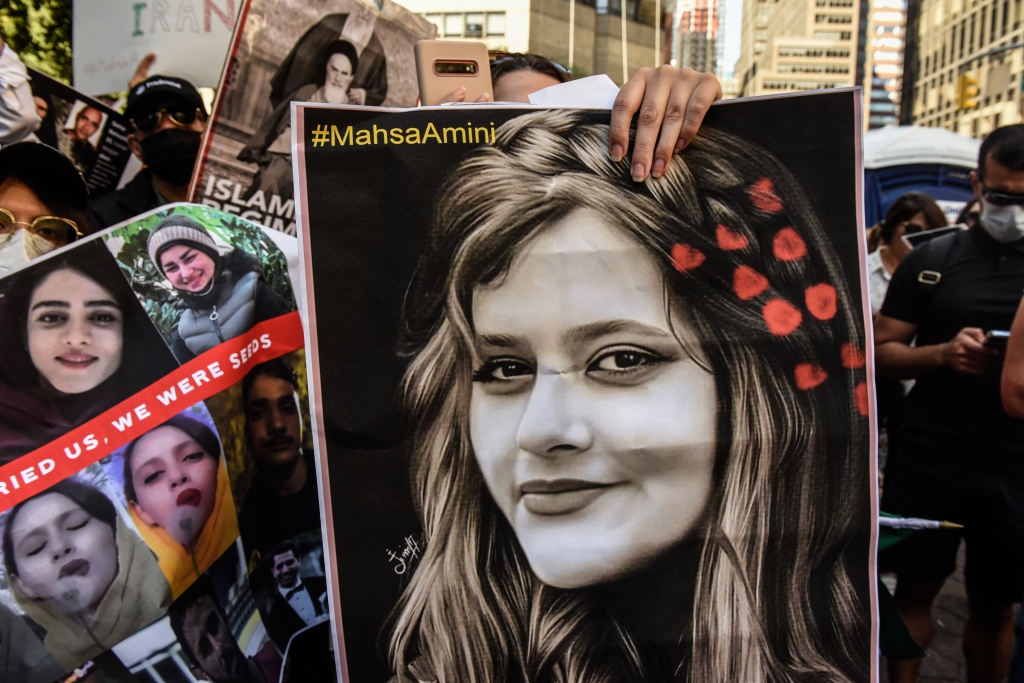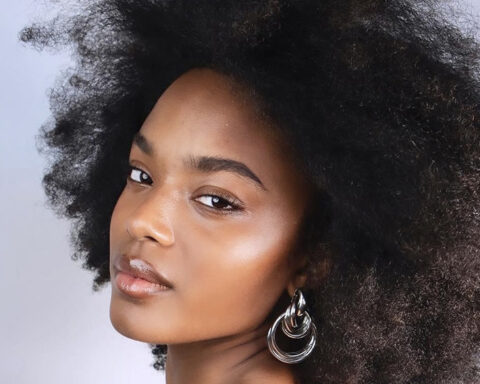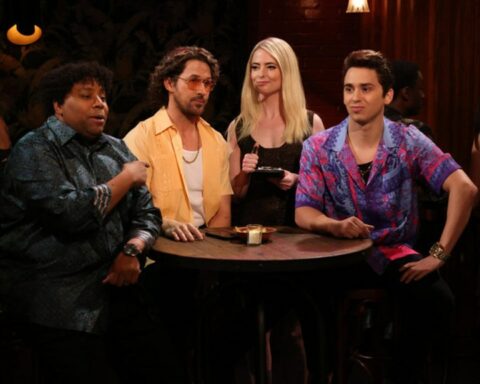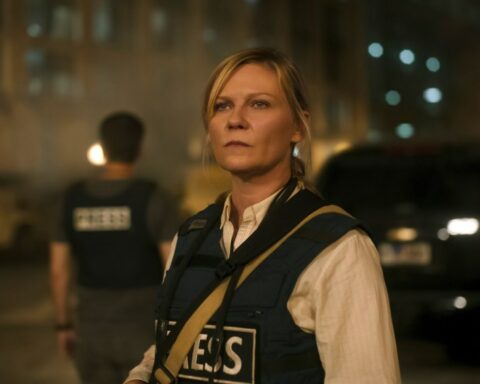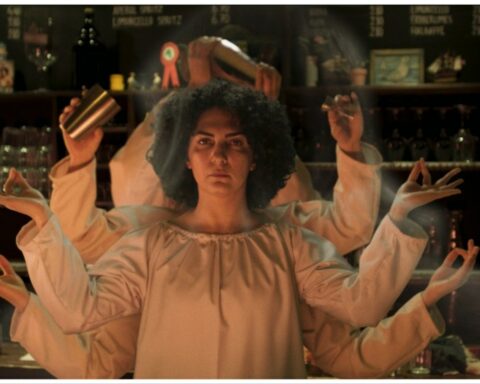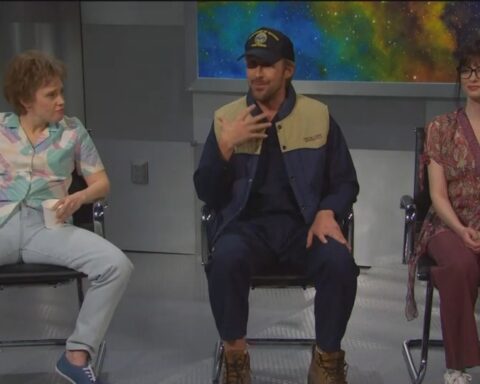The Sámi, the indigenous people in the far north of Europe and Russia, are ready to share their stories with the world. But only under certain conditions, says film commissioner Liisa Holmberg from the International Sámi Film Institute (ISFI).
“The most important thing is respect,” she notes, mentioning the Pathfinder Film Protocol – a set of guidelines and questions for non-Sámi filmmakers named after Nils Gaup’s 1987 Oscar-nominated drama.
“When the Sámi people may not have the same opportunity/resources to tell their stories, why am I the right person to [do it]? How will my film production benefit the Sámi community and what am I giving back? Is it right for me to take up this space?,” it states.
“People started to be interested in indigenous stories, but they would make them without us. We can’t stop them, but we can ask to be included,” says Holmberg.
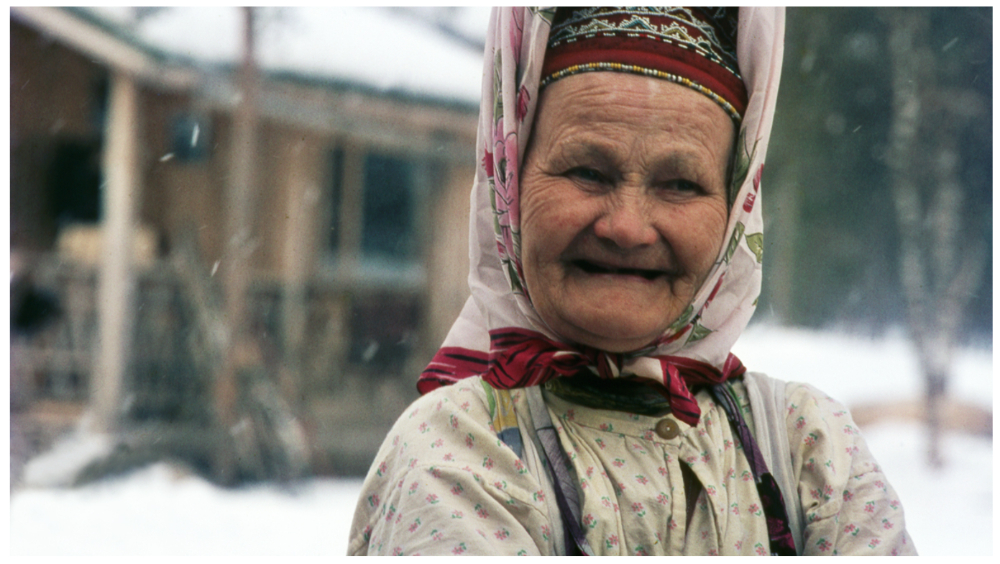
Courtesy of DocArt and October
Unlike the first part of the popular franchise, “Frozen II” was made in cooperation with Sámi representatives. But the conversation about who should be at the helm still continues.
“Non-Sámi filmmakers keep saying: ‘We are not harming you. We are helping you.’ But why can’t you have a director, writer, producer who is Sámi? When we are telling our stories, we are creating our future,” she says.
“[In the past] we have been portrayed as ‘mysterious’ or as primitive idiots who are always drunk. Is that what we want our children to see? Also, the work of reindeer herders is not ‘primitive,’ although some like to exoticize it. To us, it’s everyday life.”
While the Sámi Pavilion in Venice drew crowds and new initiatives – such as streaming service Sapmifilm – and films keep on coming, from Liselotte Wajstedt’s “Silence in Sápmi” to Aslak Paltto’s “Through a Reindeer Herder’s Eyes,” Holmberg would like to see more.
“It has been six years since [Amanda Kernell’s] ‘Sami Blood.’ Do we always have to wait that long?,” she wonders.
With Netflix adapting Ann-Helén Laestadius’ novel “Stolen” and Katja Gauriloff’s reading “Je’vida,” the first film in the Skolt Sámi language, the wait might be over.
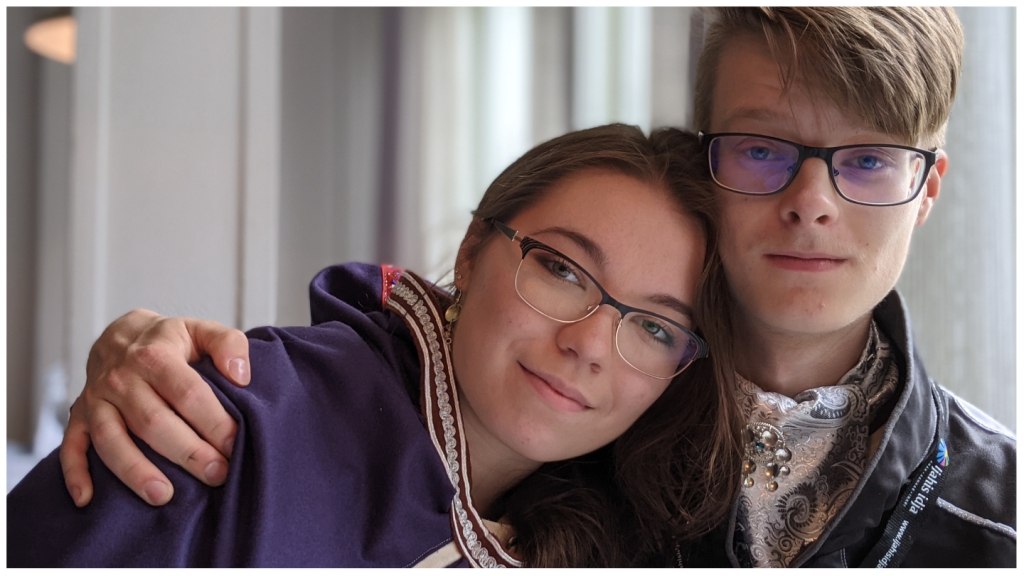
Courtesy of Petteri Saario
“I didn’t inherit the language myself and this has caused trauma I am now processing through films,” says Gauriloff. Adding that people who raise their children in Skolt Sámi still face tremendous pressure.
“It’s important that the Sámi people themself tell our stories, no matter the subject. We should have the right to determine our identity and the right to practice our own cultural heritage and traditional livelihood. Is that too much to ask?”
Based on multiple true stories, “Je’vida” – produced by October – will be a visual and chronological continuation of her acclaimed and “healing” doc “Kaisa’s Enchanted Forest.”
“I hope ‘Je’vida’ will stir up conversations about indigenous people. It’s beyond my understanding that we still don’t have the right to live freely, determine the use of our lands or even define ourselves. Not even in Finland.”
Petteri Saario, now behind new doc “Rap and Reindeer” and the upcoming “Operation Saimaa Seal,” thinks that other filmmakers should also have a right to make documentaries about the Sámi, however.
“We have been working closely with the community. It’s more about perspective and attitude than anything else,” he says.
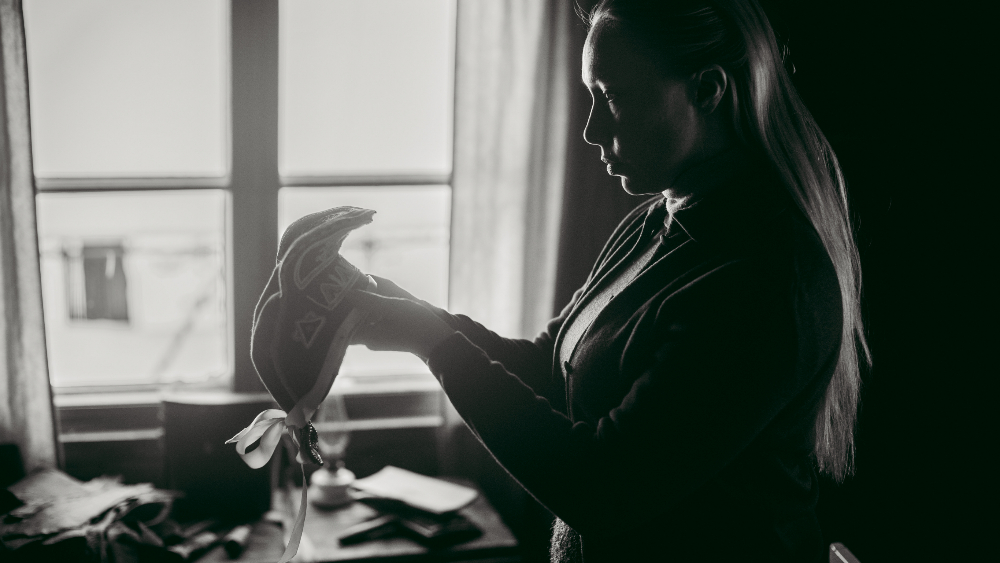
Courtesy of Oktober
While his first feature documentary “The Beckhams of Utsjoki” talks about modern Sámi life through the experiences of one family, now he is hoping to engage younger viewers by focusing on rapper Mihkku Laiti, known as Yungmiqu.
“It’s important to show the Sámi community that their culture is changing. Sámi youth want to keep a part of their traditions but also create new ones,” he adds. The film will premiere on Feb. 6, 2023, on the Sámi National Day.
“Things are never black and white, but every time a non-Sámi wants to tell a Sámi story, it [comes down to the fact] that we are not seen as good enough. There is a connection between colonialism and the fact that our stories are stolen from us,” says director Suvi West.
Already behind “Eatnameamet – Our Silent Struggle,” she is now working on her feature fiction debut “Johan Johanaš” with Tekele Production attached.
“When I started out, almost 20 years ago, I would hear that I shouldn’t be telling Sámi stories because I’m ‘too involved.’ Being a Sámi in the Finnish film industry means that most likely, I will never be seen as a real filmmaker. I will always be this ethnic curiosity,” she says.
“I like to dream that one day, I will be seen at least as a ‘female filmmaker.’ I’m not sure it can ever happen.”
Recently, she was given the State Award for Public Information.
“It was a surprise because critical Sámi voices are not always appreciated in Finland. They want us to be exotic, non-political, child-like people who don’t criticize [anyone] or don’t talk about colonialism.”
“This award shows that maybe something is changing. Maybe they want to hear the voices of our people.”
“We are often told that film foundations can’t give us funding because they don’t understand the story and neither will their audience,” adds Holmberg.
“They say it’s not ‘Finnish enough,’ for example, and it’s true – it shouldn’t be. It’s Sámi. But Disney made a Sámi story and it made $1.4 billion worldwide.”
The Pathfinder film protocol can be downloaded here.
‘When We Tell Our Stories, We Are Creating Our Future’: Sámi Filmmakers Are Ready to Speak Up

